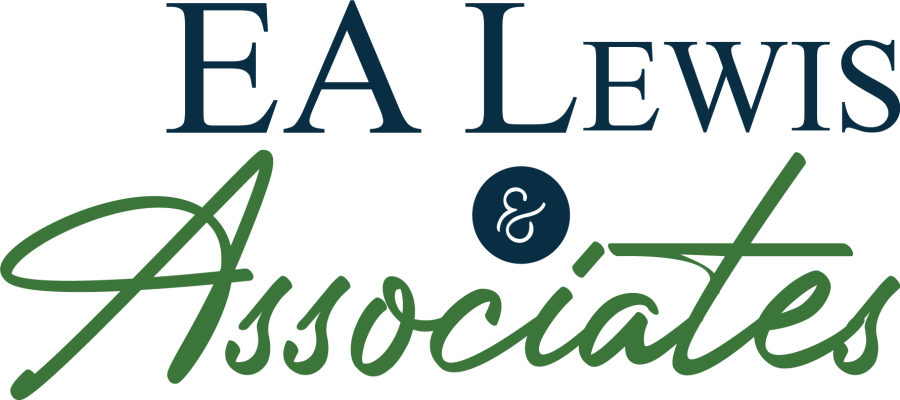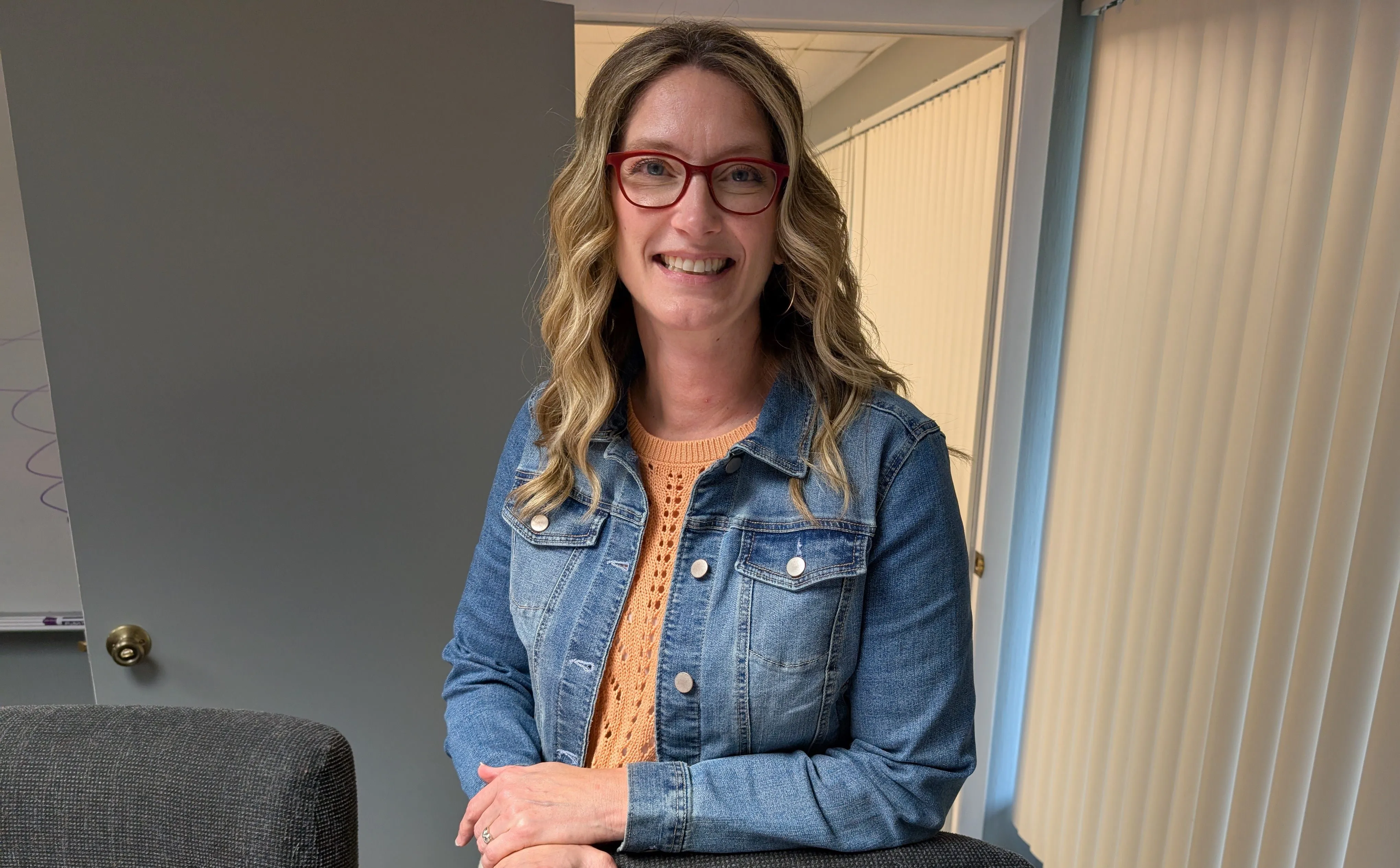
A Secret to Success – The Hidden Magic of Tools
The difference between a thriving business and a stagnant one isn’t always the tools they use. It’s how they use them.
Let me share a story that illustrates this perfectly.
Reactive Tool Use
Picture two sales teams in the same industry. Both use the same customer relationship management (CRM) system, same software, same features, same dashboard capabilities. But how they use that CRM makes all the difference in results.
The first team treats the CRM like a digital filing cabinet. They log basic contact info, occasionally update deal stages, and call it a day. Data is inconsistent, follow-ups fall through the cracks, and their pipeline always seems empty. To team members, the CRM feels like a chore, something they have to do for reporting, but not something that actually drives revenue.
Now compare that with the second team.
Strategic Tool Use
This group uses the exact same CRM, but with a clearly defined strategy. They’ve customized workflows around their sales process. They’ve set up automated reminders for timely follow-ups. They use tags to segment prospects by behavior and integrate marketing insights to personalize every touchpoint. Their dashboards convey valuable information and inform next steps. For this team, the CRM isn’t just a tool, it’s a growth engine.
Same tool. Two entirely different approaches. Two entirely different outcomes. One is reactive; the other is strategic. One uses the tool for record-keeping; the other uses it for revenue growth.
This is often what we see in businesses and especially businesses that are struggling. And, it’s often the situation when someone is searching for a better tool.
There’s no shortage of tools out there: CRMs, project management platforms, automation systems, data dashboards, sales scripts, leadership frameworks. But two businesses can use the same exact tool and get completely different results.
Why?
Because the results don’t come from the tool itself. They come from how well the tool is aligned with the business’s goals, processes, and culture.
When we work with clients, we don’t just help them pick a system. we help them get crystal clear on what they’re trying to achieve, then we build the process around that. The right tool in the wrong hands won’t move the needle. But the right tool in a focused, intentional workflow? That’s where transformation happens!
Whether you’re scaling your team, improving operational efficiency, analyzing marketing ROI, or just trying to reclaim time in your week, remember this: It’s not about the tool. It’s about using the tool with purpose.
So the next time you log into your CRM, or any business platform, ask yourself: “What are we really trying to accomplish?”
That one question can change the game.




